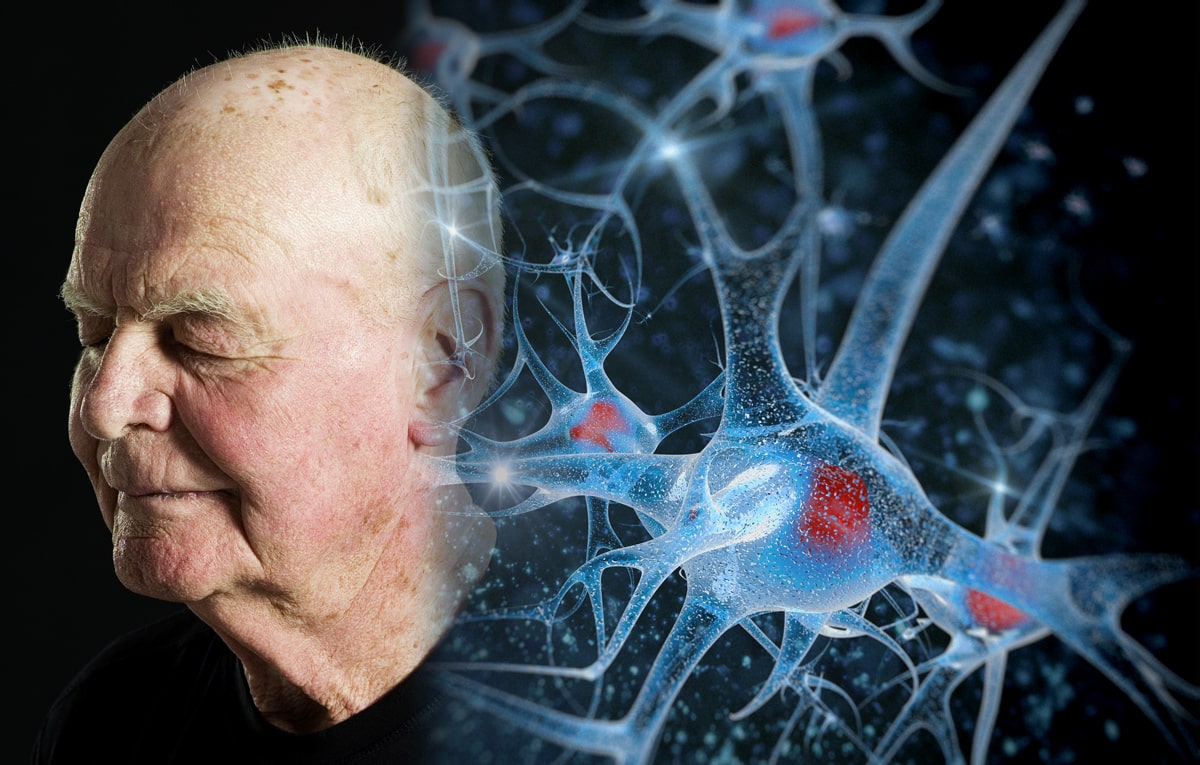Death is perhaps the only certain thing in life. But greedy as we are, humans have long been trying to achieve immortality. And some even think we’re getting close; now a new study is sure to bolster that belief- scientists say they’ve managed to reverse aging in human cells.
Experts insist the findings could transform our understanding of – and approach towards – treatment of ageing.
The surprise breakthrough occurred when the scientists were looking at a group affected by cellular-level ageing more than most of the population – children who suffer with Progeria, a disease which means they age too quickly and normally die in their early teens.
Lead investigator Dr John Cooke, department chair of cardiovascular sciences at Houston Methodist Research Institute, said it was like night and day. “We looked at many cellular markers of aging and weren’t expecting to see such a dramatic effect on them. Our approach had a much greater effect on all the markers of cellular aging,” he said.
Telomeres are a favourite focus of the anti-aging community. As our cells age, so do we. Although there isn’t a linear correlation between cellular aging and “actual” aging in the way we commonly measure it, the
degradation of our cells is a useful proxy in this regard. Cellular aging can be measured by looking at a person’s telomeres, the caps at the end of our chromosomes. They prevent the chromosomes from getting damaged and over time, they weaken, shrink and contract. This makes chromosomes more vulnerable, and as they get damaged, so do we. Therefore, if there was a way to lengthen telomeres, then we’d effectively reverse cellular aging in a patient. This doesn’t mean the patient is technically getting younger, but it could mean that their general aging is stalled.A team led by the Houston Methodist Research Institute (HMRI), has done just this.
The study published in the Journal of the American College of Cardiology, reports the team’s examination of samples of cells from 17 children suffering from progeria and using a groundbreaking technique that introduces RNA – DNA’s more primitive chemical “cousin” – into cells directly, the team stimulated them into manufacturing more telomerase.
This is a key building block protein of telomeres; its appearance ultimately had the effect of lengthening the aged cells’ telomeres.
Cellular aging was effectively stalled and reversed by this procedure, if only for a few days. Additionally, what was observed was that the previously malfunctioning and corrupted cells began to proliferate and replicate like healthy ones.
Of course, cells in a dish are different than living breathing humans. Cooke believes that, while there’s still plenty of research left to be done, it’s a promising sign that could have applications for fighting age-related diseases. “When we lengthen telomeres, that can reverse a lot of the problems associated with aging,” he said.
“We can at least stall or slow down accelerated aging, and that’s what we’re working toward,” he said. “Our next steps are to start moving this therapy toward clinical use. We plan to do so by improving existing cell therapies. I want to develop a therapy for these children.”



























